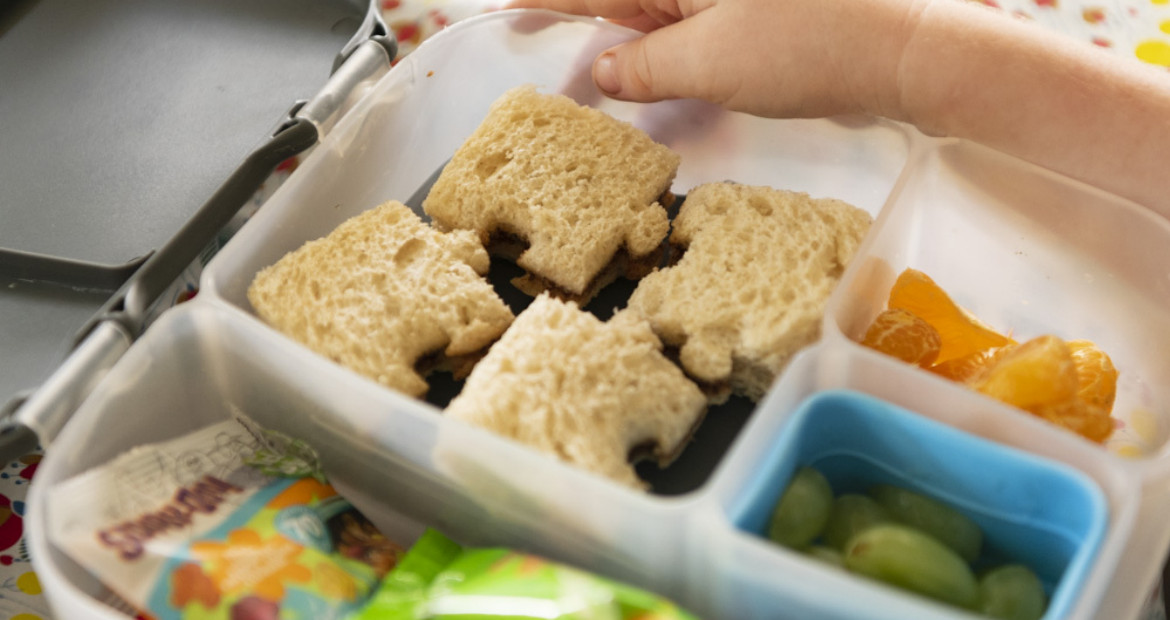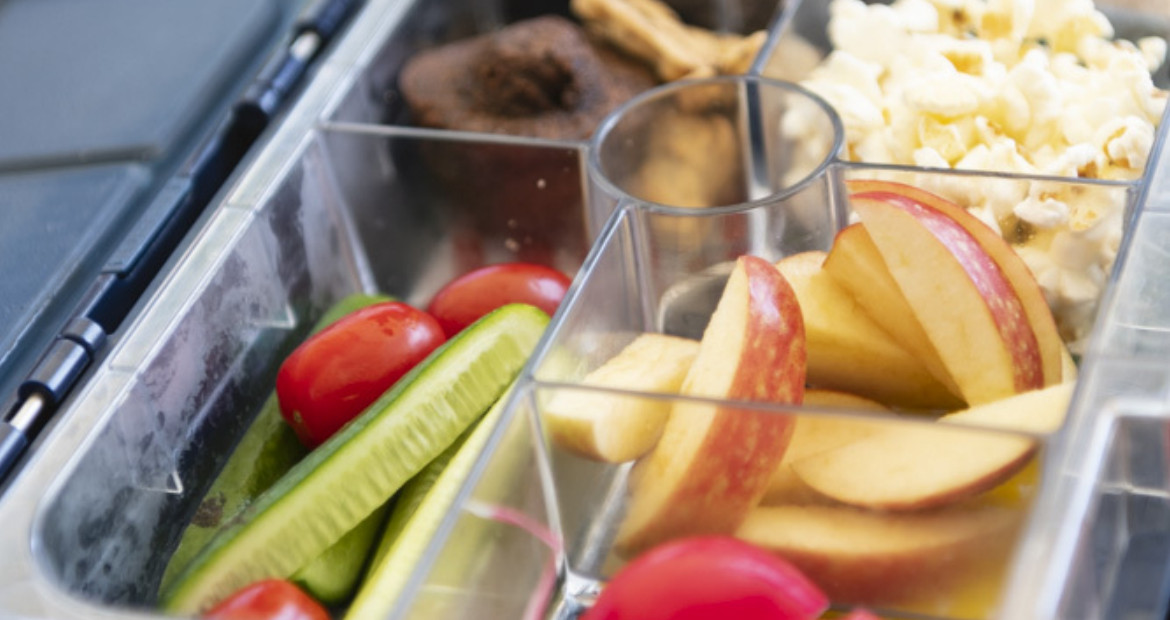
Everyday support for families through Long Day Care
Majella Long Day Care and Kindergarten is a nurturing early learning centre surrounded by bushland, where every child is supported to grow, explore and thrive.
Discover five lunchbox tips for sensory eaters from an occupational therapist to help make packed lunches less stressful and more enjoyable for children with sensory sensitivities.
Packing a lunchbox your child will enjoy can be tricky at the best of times but for parents of sensory-sensitive children, it often becomes a daily stress point. Every child is unique and that includes their experiences with food. For some children, especially those with sensory sensitivities, mealtimes can be a source of anxiety or discomfort.
We spoke with Xavier Occupational Therapist Celina, who is experienced in feeding and sensory processing. “For children with sensory needs, food can be a whole-body experience,” Celina explains. “It’s not just about taste, it’s how food feels, smells, or even sounds when it’s being chewed. That’s why seemingly small things, like a banana that’s gone mushy, can be a real barrier for some children.”

Here are five tips that can help little sensory eaters enjoy a packed lunch.
Children feel safest when they know what to expect. If your child prefers the same few foods at home, it’s okay to pack those in their lunchbox every day. Repetition isn’t a problem, it’s often a source of comfort. “We always encourage families to follow their child’s lead,” says Celina. “Familiar food can reduce stress and help your child feel more confident at mealtimes.”
The way food is packed can also make a difference. Many children prefer foods to be kept separate to avoid mixed textures or unexpected combinations. Using a lunchbox with divided compartments, or small containers, can help. Temperature is another consideration. A thermos or insulated bag can keep food at the temperature your child expects—warm pasta, for instance, or a cool yoghurt.
For sensory eaters, too much change can sometimes feel overwhelming. Introducing new foods is best done gently, at home. You might offer your child a new food to explore without pressure, simply placing it next to something they already enjoy. “Even if a child doesn’t eat the new food, just seeing it helps build trust and familiarity,” Celina shares. “It’s all part of their journey.”
When families and educators work in partnership, children feel supported in every part of their day. Let your Catholic Early EdCare team know about any specific food preferences, sensitivities, or strategies that are helpful for your child. “When a child’s needs are understood and respected, they feel more secure,” says Celina. “This helps them to feel more confident.”
Involving your child in packing their lunch box can increase their sense of ownership and build independence in a developmentally appropriate way. They can help by choosing a snack, placing food in containers, or helping to label items.

When to seek extra support
If your child has a very limited diet or finds mealtimes distressing, it may be helpful to seek support. Xavier, an agency of the Archdiocese of Brisbane that supports children with complex disabilities and developmental delays, provides occupational therapy and speech pathology to help build confidence, inclusion and a more positive mealtime experience.
“Our role is to meet children where they are,” says Celina. “To support them with kindness, and to celebrate each small step forward.”